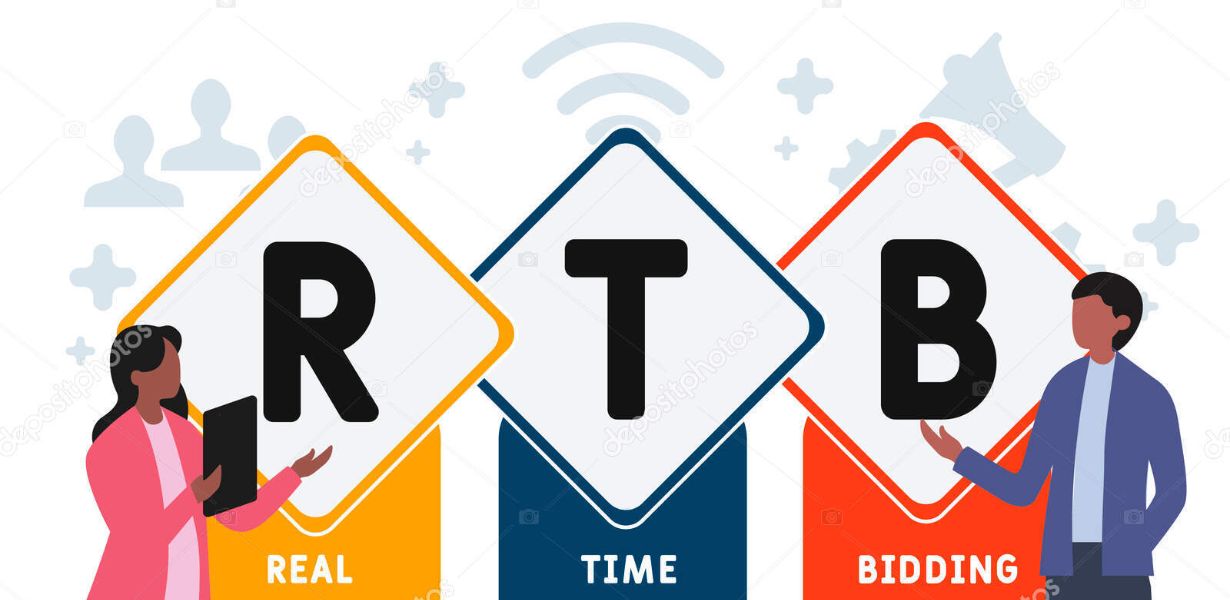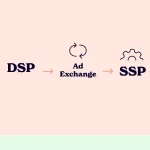
Winning the Attention Game: Creative Ad Formats in Next-Gen RTB Strategies
- Post
- August 9, 2023
- Ad Serving Tech, Real-time Bidding, RTB Strategies
- 0 Comments
In the ever-evolving landscape of digital advertising, real-time bidding (RTB) has emerged as a powerful strategy that drives efficiency and precision in ad placements. As brands strive to capture their audience’s attention in a cluttered online environment, next-gen RTB strategies offer a game-changing edge. In this comprehensive guide, we delve into the world of creative ad formats within RTB and explore how they can revolutionize your advertising campaigns.
In a digital era where attention spans are fleeting, advertisers are challenged to create compelling campaigns that can capture the audience’s attention and drive meaningful engagement. This requires a shift from traditional ad strategies to embracing the dynamic world of real-time bidding (RTB) and its integration with creative ad formats. As the competition intensifies, brands must leverage the potential of next-gen RTB strategies to stand out and thrive in the attention game.
Understanding Real-Time Bidding (RTB)
Real-time bidding, a cornerstone of programmatic advertising, enables brands to auction and purchase ad space in real time. This approach ensures that each ad impression reaches the right user, enhancing targeting accuracy. RTB empowers advertisers to bid for impressions on an individual basis, optimizing ad spend and maximizing ROI. By utilizing an array of data points, such as user behavior and demographics, RTB facilitates the delivery of highly relevant content.
The Impact of Creative Ad Formats on RTB
As the saying goes, “Content is king.” However, in the realm of digital advertising, creative ad formats reign supreme. These formats breathe life into ads, transforming them from mere messages to immersive experiences. Incorporating visually appealing elements, interactive features, and personalized content, creative ad formats enhance engagement, drive conversions, and leave a lasting impression on users.
Exploring Next-Gen Ad Formats
Video Ads with Interactive Elements
Video ads have proven to be a formidable tool for storytelling. When combined with interactive elements such as clickable hotspots, quizzes, and polls, they become a gateway to a two-way conversation with the audience. Interactive video ads offer users a chance to engage actively, leading to increased brand recall and a deeper emotional connection.
Immersive Augmented Reality (AR) Ads
Augmented Reality has taken the advertising world by storm, allowing users to interact with products and experiences virtually. AR ads enable users to visualize products in their real-world environments before making a purchase. This immersive experience bridges the gap between online and offline shopping, fostering consumer confidence and driving sales.
Dynamic Product Ads
Dynamic Product Ads utilize user behavior and preferences to showcase the most relevant products. By displaying personalized recommendations, these ads resonate with users and simplify their decision-making process. This level of personalization enhances the user experience and increases the likelihood of conversion.
Personalization: The Core of Effective RTB Campaigns
Personalization lies at the heart of successful RTB campaigns. By leveraging data insights, advertisers can tailor ad content to individual preferences, ensuring that each impression resonates with the user. Personalized ads build a stronger emotional connection, leading to higher engagement rates and ultimately driving conversions.
Harnessing Data Analytics for Ad Customization
Data analytics fuels the optimization of RTB campaigns. By analyzing user behavior and engagement patterns, advertisers can refine their targeting strategies and creative approaches. A data-driven approach ensures that each ad reaches the right audience, maximizes impact, and minimizes ad wastage.
Ensuring Cross-Platform Consistency
In a multi-device world, cross-platform consistency is paramount. Advertisers must ensure that their creative ad formats are responsive and visually appealing across various devices and screen sizes. A seamless user experience enhances brand perception and prevents potential customers from bouncing due to poor formatting.
Optimizing Landing Pages for Ad-Click Experience
The journey doesn’t end with a click; it begins. Advertisers must ensure that the landing page aligns seamlessly with the ad’s promise. A well-designed landing page enhances user experience, reduces bounce rates, and guides users toward the desired action, whether it’s making a purchase, subscribing, or engaging further.
Mobile-First Approach in Ad Design
Mobile devices dominate online interactions, making a mobile-first ad design approach indispensable. Creative ad formats must be optimized for mobile viewing, ensuring fast loading times and engaging visuals. A mobile-first strategy caters to the majority of users and contributes to a positive brand perception.
Ethical Considerations in Innovative Ad Formats
While pushing creative boundaries, advertisers must navigate ethical considerations. Ad formats should respect user privacy, avoid intrusive elements, and provide clear opt-out options. Striking a balance between innovation and ethical practice ensures a positive user experience and maintains brand trust.
Balancing Creativity and Load Times
In the quest for eye-catching ad formats, load times must not be overlooked. Slow-loading ads lead to user frustration and increased bounce rates. Advertisers must find the equilibrium between creativity and load efficiency, ensuring that the user experience remains smooth and engaging.
Final Words
In the dynamic landscape of digital advertising, winning the attention game necessitates a blend of innovation, personalization, and strategic planning. Creative ad formats within next-gen RTB strategies provide advertisers with the tools to engage, captivate, and convert their target audience. By harnessing the power of data, embracing ethical considerations, and optimizing user experience, brands can forge meaningful connections and achieve unprecedented results.
Commonly Asked Questions
Q1. How does RTB differ from traditional advertising?
A1. Unlike traditional advertising, RTB enables advertisers to bid for ad impressions in real time, targeting individual users based on data insights for enhanced precision and efficiency.
Q2. What role does personalization play in RTB campaigns?
A2. Personalization is pivotal in RTB campaigns as it tailors ad content to individual preferences, fostering a deeper emotional connection, and driving higher engagement and conversion rates.
Q3. How can I ensure my creative ad formats are cross-device compatible?
A3. To ensure cross-device compatibility, adopt a responsive design approach, optimizing ad formats for various devices and screen sizes while maintaining visual appeal.
Q4. What considerations should I keep in mind while using augmented reality (AR) in ads?
A4. When using AR in ads, prioritize user experience and avoid overwhelming visuals. Provide value through interactive and useful experiences to enhance brand perception.
Q5. How can I balance creative design and loading times for ad formats?
A5. Striking the right balance involves optimizing visuals for fast loading without compromising on creativity. Compress images, minimize animations, and utilize efficient coding practices.




